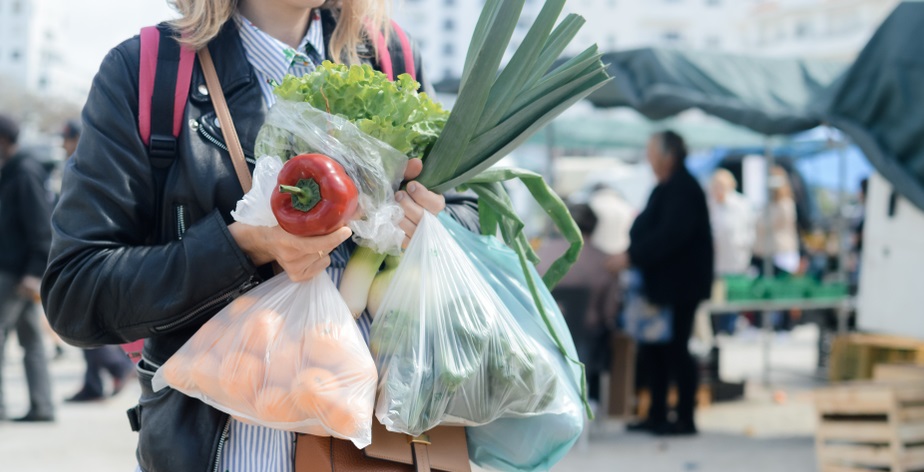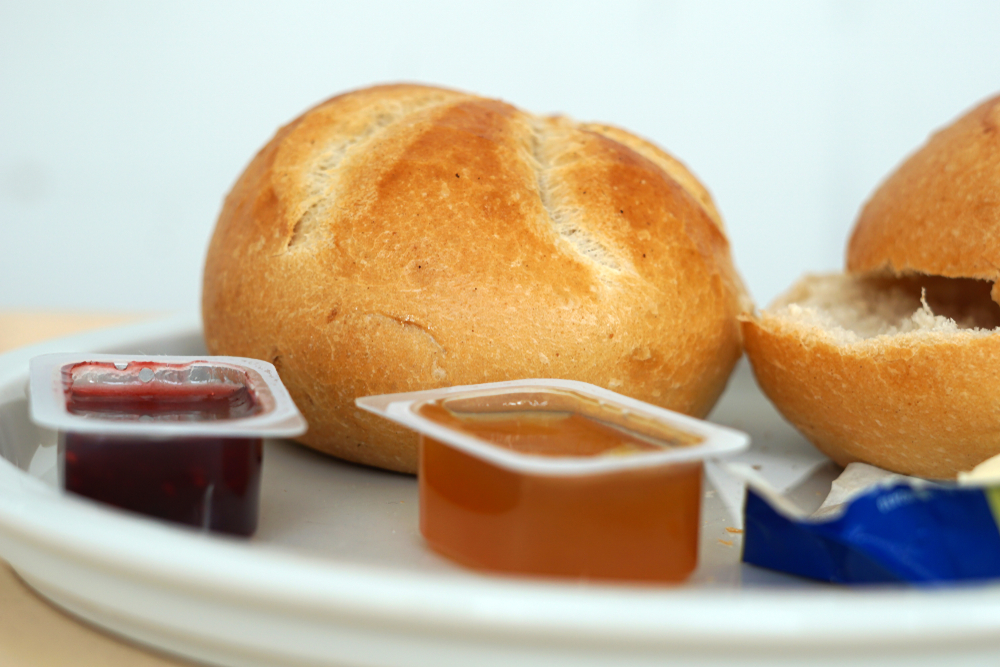
Longread
The road to sustainable plastics by 2050 (part 1)
Global production is still exponentially increasing, but we want to achieve a fully circular economy by 2050, with only biobased or recycled plastics. How do we get there? Three Wageningen researchers guide us through complex waste streams, wavering policies and new business strategies.
The amount of plastic in the world increases exponentially, as does plastic waste on beaches and in rivers. Without additional measures, we are heading for a doubling of plastic use by 2050, research published at the beginning of this year stated. The study estimates that 450 million tonnes of plastic will be produced annually in 2050 in products such as bottles, disposable containers, drinking straws, car cockpits, foils and pipes. The use of plastics increases most significantly in developing economies in Asia and Africa.
New legislation
The European Commission has introduced new legislation to mitigate this issue. First, the 2019 single-use plastics (SUP) directive bans the top ten most polluting plastics on beaches. This includes plastic cotton swabs, cutlery, plates, drinking straws, stirrers, balloons, cups, cigarette butts and plastic bags. The 1616/2022 directive for the use of recyclate in food packaging followed in 2022. Finally, the EU published the Packaging Waste Regulation (PPWR) bill in November 2022. This ambitious legislative proposal calls for higher recycling percentages, increased use of recyclate in new products and reuse of plastic products. If accepted, the legislation will also cap the number of plastic bags a European consumer may use annually and stipulate to what consumer products degradable plastics must be applied.
The Netherlands has already included part of the EU-SUP directive in its legislation. As of 2024, cafeterias, offices, festivals and restaurants are banned from using disposable plastic cups and food packaging. These new rules also apply to biobased plastics, with the exception of plastics that are suitable for recycling, such as PET bottles. The Dutch government aims to achieve a fully circular economy by 2050. That implies that by then, almost all paper, plastics and textiles must be made from biobased feedstock and processed for reuse.

Reducing plastic difficult and complex
There is, however, an enormous chasm between desire and reality. In our economy, curbing plastics is a complex and challenging issue. According to Judith van Leeuwen, a researcher at WUR’s Environmental Policy group, primarily due to the many advantages plastics have. In the first place, plastic is cheap, which makes recycled plastic costlier than new plastic. Secondly, plastic is light in weight, which benefits, for example, distributors in the food chain. Thirdly, plastic offers effective protection against contamination and degradation and, as such, has become part of our food safety approach. And finally, plastic fits in well with modern consumerism with its takeaway and ready-to-eat food. Hence, plastics have become a fundamental part of our routines as consumers, and routines are hard to change.
There are no fast and simple solutions to reduce plastic use. For example, many people think that plastic packaging can easily be replaced by using traditional food packaging such as glass, tin cans and cardboard. However, the production of these types of packaging requires much more energy and, hence, has a larger carbon footprint than plastic. The difference between the present and the past lies not just in the packaging materials but in the fact that in the past, we consumed considerably less.
This transfer of problems is also seen in the Dutch legislation to abolish single-use plastics. As of 2024, bed and breakfast facilities are banned from offering single-serving packages for jam, butter, peanut butter and coffee cream. What’s the alternative? Will B&B’s stop offering breakfast altogether, or will they resort to serving peanut butter, jam and milk from saucers and pitchers? This plastic-free alternative is likely to increase food waste, says Ulphard Thoden van Velzen. He is a researcher of plastic packaging and the reuse thereof at Wageningen Food & Biobased Research.

Complicated legislation
Thoden van Velzen claims that food manufacturers are currently in the dark as to what is expected from them. ‘There is administrative chaos’, he states. ‘An army of lawyers is working on the legislation. The combination of different laws complicates things for food manufacturing businesses. The businesses fear that this legislation will prevent them from achieving the climate goals, as well as leading to considerably higher costs for a system that still causes pollution.’
According to Thoden van Velzen, the issue is that legislation does not match the intractable reality. Single-use plastics may be banned at festivals and in cafeterias, but as long as youngsters continue to eat in trains and parks, for example, the issue of plastic trash will not be solved.
Judith van Leeuwen discerns another issue with the legislation. ‘The EU focuses on reducing plastic waste, and the legislation hones in on waste or on the businesses that market these products; the elephant in the room is the production of plastics and the role of the petrochemical industry. How will we deal with them? The goal should be: fewer fossil-based plastics, but that goal has yet to be established. And, even if you mandate businesses to recycle at least 25% or 50% of their plastics, that may still result in a smaller reduction in plastic production than expected.’
Violet Ross, a PhD candidate in Environmental Policy and Law in Wageningen, identifies another problem: the law is not sufficiently clear and specific. For example, the government bans one particular type of polystyrene but not another. Plastic-coated cardboard cups are banned for on-site use, while a SUP tax must be paid for beverages to-go, resulting in a legal twilight zone for consumption several metres from the catering establishment. Ross stresses the need for unambiguous policies.